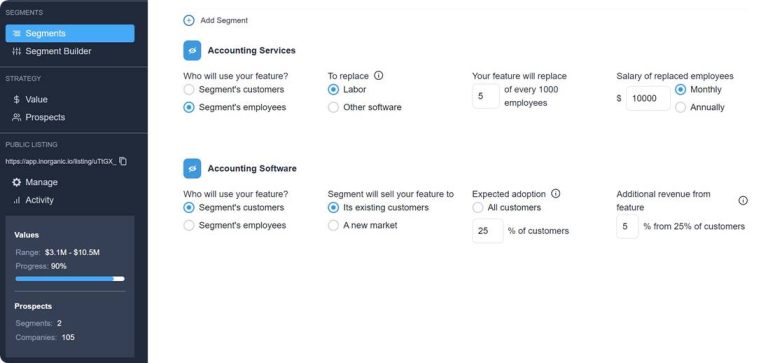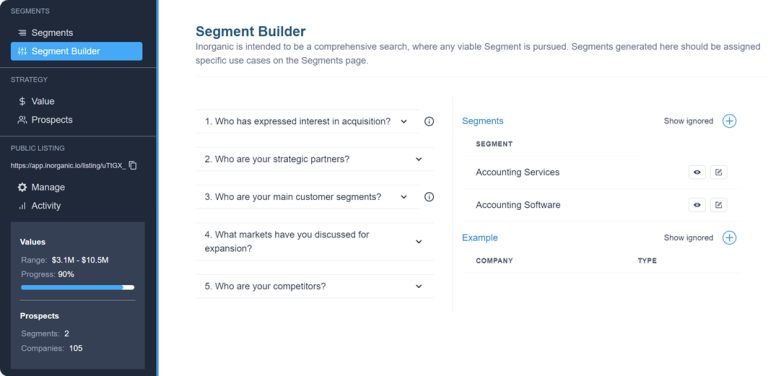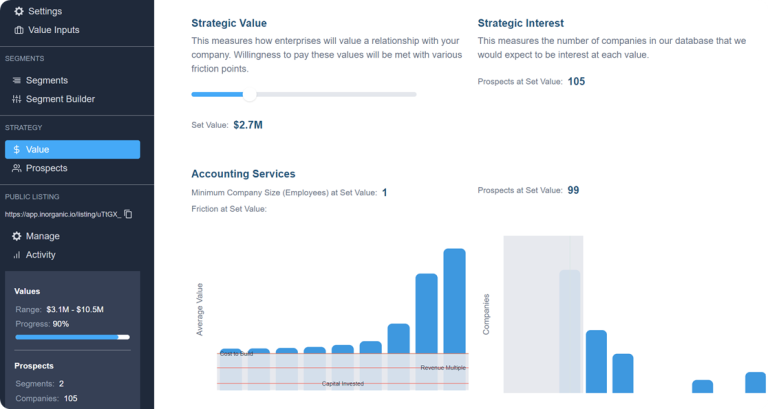Adjust Your Focus
Most startups think buyers will be interested in their customers, revenue, and opportunities to expand the same. The reality of strategic exits is different.
In the case of early-stage strategic exits, the plan for your business is to fold it into something else.
Under the acquirer your startup might be a feature, a product extension, an internal operations tool, or an extension into a different market. The acquirer likely has a use case that doesn’t involve the entirety of your business.
In other words, you are not selling a business so much as a capability (or set of capabilities).
The key to your positioning is knowing this capability and its value in the hands of an acquirer.
Common Myths
“Companies are bought, not sold.”
Sure, the greatest exits happen when you are growing too fast to even think about exiting. But you can absolutely achieve good exits by shopping the company.
“It’s too early to think about the exit.”
While it doesn’t make sense to obsess over unforeseeable details, you should be thinking about the type and scale of your potential exit from day 1. The exit should drive how you capitalize the company, so it’s important to have it in mind, even if it’s a moving target.







